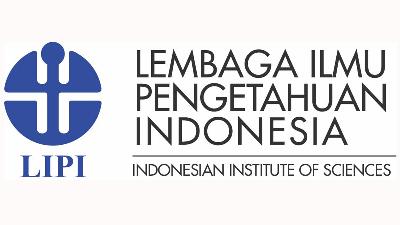The Phase Effect of Exercise I Heart Rehabilitation on Self-Care and Patient Life Quality with Coronary Heart Disease over PGI Cikini Hospital 2017
Abstract
Keywords
Full Text:
PDFReferences
. Alligood, M.R. & Tomey, A.N. (2014). Nursing Theorist and their work. 6th Edition, ST. Louis: Mosby Elsevier, Inc.
. Antonakoudis H. (2006). Cardiac Rehabilitation Effects On Quality Of Life In Patients After Acute Myocardial Infarction. Department of Cardiology, Asclepeion Hospital, Athens, Greece.
. Babu Abraham S, et, al. (2010). Protocol-Guided Phase-1 Cardiac Rehabilitation in Patients with ST-Elevation Myocardial Infarction in A Rural Hospital. Department of Physiotherapy. India.
. Babu Abraham S, et, al. (2011). Effects of Combined Early In-Patient Cardiac Rehabilitation and Structured Home-based Program on Function among Patients with Congestive Heart Failure: A Randomized Controlled Trial. Departments of Physiotherapy, Manipal College of Allied Health Sciences. Manipal University. India.
. Black & Hawks. (2014). Medical Nursing Surgery: Clinical Management For Results Expected. Book 3. Edition 8. Singapore: ELSEVIER.
. Ghaemni Zeinab, et al. (2016). The Effect of Self-Care Program on the Quality of Life in Patients Suffering from Unstable Angina Pectoris. Department of Nursing, Jundi Shapour University, Ahvaz, Iran.
. Hassani Mohammad, et, al. (2010). Self-care ability based on Orem’s theory in coronary artery disease patients. Iranian Journal of Critical Care Nursing.
. Data and Information Center Ministry of Health RI. Heart Health Situation. (2013). Jakarta.
. Kearney dan Fleischer, (1979). Development Of an Instrument to Measure Exercise of Self-Care Agency Scale (ESCAS). Research in Nursing and Health.
. Li Chunwen & Song Zaiying. (2017). Clinical Observation Of Early Rehabilitation Nursing On The Prognosis Of Patients With Acute Myocardial Infarction Effect. Beihua University, 132013, Jilin, China.
. Lewis, S. L., Dirksen, S. R., Heitkemper, M. M., Bucher, L., & Camera, I. M. (2011). Medical Surgical Nursing : Assesment and Management of Clinical Problem. USA: ELSEVIER.
. Lubna SR. (2014). Predicting Coronary Heart Disease through Risk Factor Categories. ASEE 2014 Zone I Conference, April 3-5, 2014, University of Bridgeport, Bridgpeort, CT, USA.
. Luttik Marie, et al., (2010). The Association Between Regulatory Focus and Distress in Patients With a Chronic Disease: The Moderating Role of Partner Support.
. National Heart Foundation of Australia. (2006). National Heart Foundation of Australia Physical Activity Recomendation For People With Cardiovaskular Disease.
. Oldridge Neil, et al. (1996). MacNew QUALITY OF LIFE AFTER MYOCARDIAL INFARCTION QUESTIONNAIRE [MacNew QLMI]. Health Sciences University Of Wisconsin. USA.
. Basic Health Research (Riskesdas). (2013). Ministry of Health Research and Development Agency.
. Saedi Marzieh, et al. (2013). Effects of a Comprehensive Cardiac Rehabilitation Program on Quality of Life In Patients with Coronary Artery Disease. Department of Physiotherapy, School of Rehabilitation. Iran.
. Santos-Hiss Michele, et, al. (2011). Research Paper : Effects of progressive exercise during phase I cardiac rehabilitation on the heart rate variability of patients with acute myocardial infarction. Informa Health Care.
. Wahyuni Aria, et al. (2014). Preparedness of Coronary Heart Disease Patients Through Disharge Planning. FIK-UI. Jakarta
. Wahyuni SH. (2014). Age, Sex and Family History Coronary Heart Disease As A Predictor Factor Occurrence Major Adverse Cardiac Events. FK Islamic State University. Jakarta.
World Health Organisation. (2015). Health statistics and Informatics Department:Causedofdeath. http://apps.who.int/ghodata/?vid=10012
Refbacks
- There are currently no refbacks.

This work is licensed under a Creative Commons Attribution 3.0 License.
Supported by :


 Indexed by :
Indexed by :




